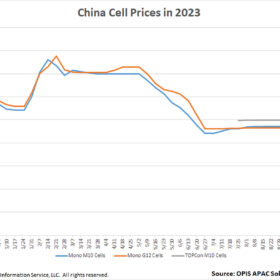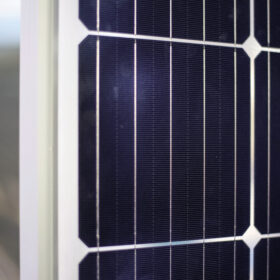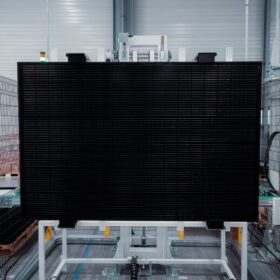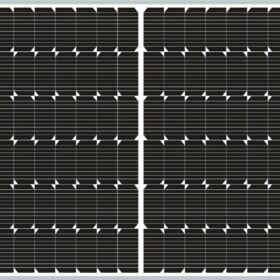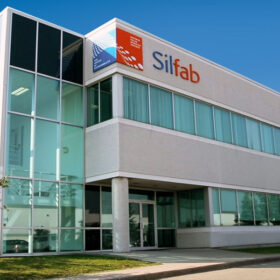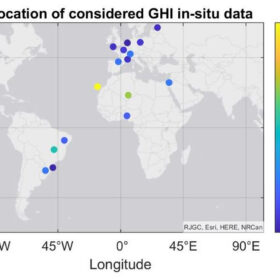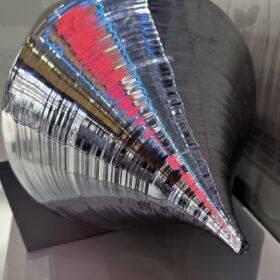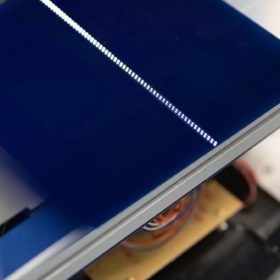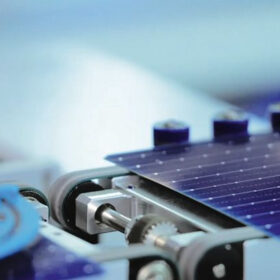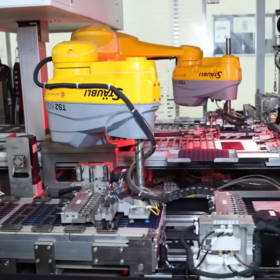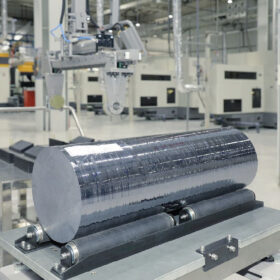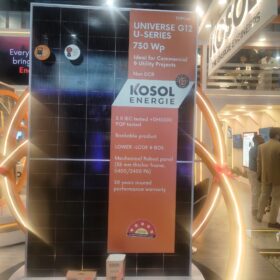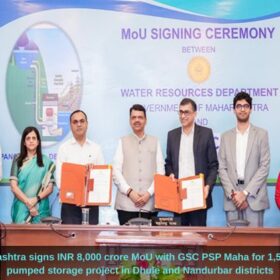China solar cell prices hit record lows
In a new weekly update for pv magazine, OPIS, a Dow Jones company, provides a quick look at the main price trends in the global PV industry.
P-type solar products may be phased out by 2026 as n-type tech ‘rapidly’ expands
The rise of cost-effective TOPCon cell technology last year led to a ‘surge’ in production demand for solar n-type cell technology, with leading industry analysts TrendForce prophesying PERC cell capacities ‘may’ be phased out in two to three years. The company’s experts, however, warn that oversupply for p-type cells and modules may increase the price gap between n-type and p-type products in the upcoming months.
European Solar Manufacturing Council urges EU to adopt law against forced labor in PV industry
The European Solar Manufacturing Council (ESMC) is urging the European Union to adopt legislation against forced labor in the PV industry, by explicitly calling for measures to prevent solar products produced with forced labor from entering the European market.
Gautam Solar launches n-type TOPCon solar module series in USA
The Indian manufacturer released product lines for residential, commercial, and utility-scale applications.
Silfab Solar to start US cell production, new line of TOPCon panels
Silfab Solar says that it has invested $150 million in a new manufacturing operation in South Carolina. It has also released new residential and commercial solar panels.
Benchmarks for solar energy data, methods
The lower the uncertainty in solar resource data, the lower the investment costs. IEA PVPS Task 16 has organized and published two benchmarks to make uncertainty of models and data comparable – a first important step. The benchmarks included modeled solar resource data and methods to fill gaps in measurements.
Indian scientists making high-purity polysilicon ingots from recyled PV cells
Indian scientists have produced high-purity polysilicon ingots from recycled solar cells using “spark plasma sintering” (SPS), and claim they may achieve a purity level comparable to commercially available products.
Gautam Solar granted patent for innovation in PV module production
Gautam Solar claims its bussing tool reduces manual work by over 50% and doubles solar panel yield, at a fraction of the cost of an automatic machine.
UK firm to supply argon recycling technology to 2 GW Mundra solar facility
Surrey-based Gas Recovery and Recycle Ltd (GR2L) will supply its ArgonØ machinery that can recycle up to 95% of argon used in the fabrication of silicon wafers for solar panels.
Getting to the bottom of TOPCon degradation
Should the industry be alarmed at the potential degradation susceptibility of tunnel oxide passivated contact (TOPCon) solar cells? Or are the problems easily addressed and more a reflection of rushed-to-market products? pv magazine contributor and consultant Götz Fischbeck reports.
